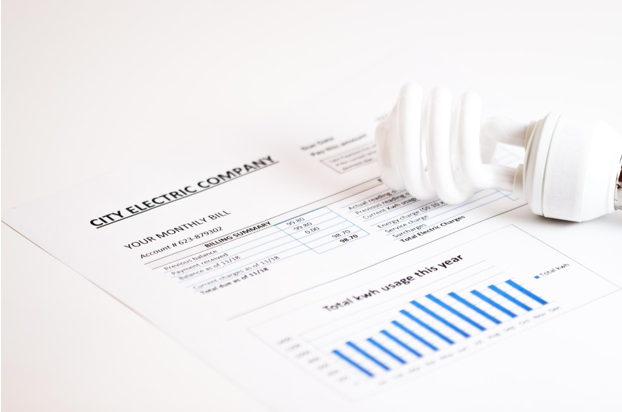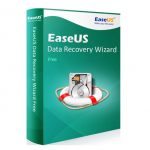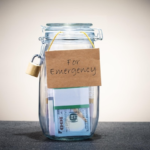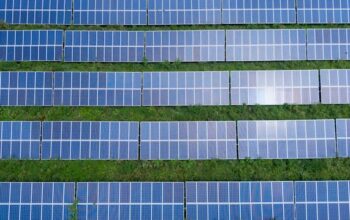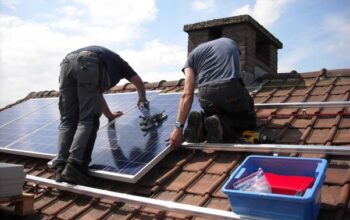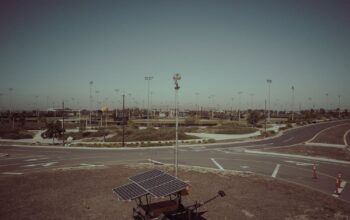Understanding your electricity bill can appear to be a daunting task filled with numerical figures, charges, and terms. However, it is a task that has become ever so important in today’s age. Understanding your electricity bill gives you the necessary insight to manage, reduce, and control your energy consumption while saving costs. The awareness of your energy habits and practices can significantly contribute to reducing your carbon footprint. This article aims to dissect and explain the varied elements in your electricity bill such as energy usage and charges, additional fees, the role of renewable energy charges, and how energy conservation can impact your bills.
The Basics of Your Electricity Bill
An essential initiating step towards understanding your electricity bill from electric choice in pa starts with its basics. This includes the service and billing period, usually a month-long duration. This period is crucial as your electric usage charges depend on it. The next particulars to acknowledge are the account number and the service address indicated on the bill. Your account number is unique to you, required while making payments or raising any queries with your electricity provider. The service address validates the location for which the electricity usage is being billed.
Your supplier’s customer service information, including phone numbers and website addresses, is also featured on the bill. These channels are at your disposal for any required assistance or for resolving any concerns you may have regarding your bill or your electricity service in general.
The amount due and the due date highlighted on your bill is the repayment you owe your electricity provider for the stated service period. Not only is it crucial for managing your finances, but prompt repayments also help avoid any surcharges due to late or missed payments.
Deciphering Energy Usage and Charges
When it comes to energy usage and charges, the concept of understanding a kilowatt-hour (kWh) comes into play. A kWh is a standard unit of electricity that your electrical appliances consume when in use. It’s akin to you purchasing litres of petrol for your car; the more distance you cover, the more petrol you burn. Similarly, the more electricity you consume, the higher the number of kWh on your bill.
An energy usage graph visualising your consumption over a period can be a powerful tool. It allows you to recognise patterns, displaying your high and low usage periods and any seasonal trends. Recognising ongoing trends can assist you in formulating an energy use plan, which is highly beneficial when you’re on a tiered rate plan or time-of-use rate plan.
The total electricity usage on your bill is the reflection of all the kWh consumed within the billing period. These attributes are then calculated for the amount due on your bill as electric charges.
Understanding Fees and Other Charges
Your electricity bill encompasses more than just charges for usage. It also includes additional fees such as the basic service fee. This is a fixed charge made by electricity providers to cover costs incurred for maintaining the physical supply network, metre reading, and billing services.
Distribution, transmission, and generation charges are levied to cover the costs of distributing electricity from the power plants to the substations, then further from the substations to the final end-user.
The bill may also feature miscellaneous fees like late payment penalties, reconnection fees or specific service fees such as a payment processing fee. Regulatory and public purpose charges may be added which go towards funding regulatory commissions and authorities.
Taxes and other financial adjustments may show up as separate items on your bill, which are dependent on specific regulations within your region.
The Role of Renewable Energy Charges
As the world gears towards sustainable energy practices, renewable energy charges have found a place on our electricity bills. These are costs charged by your electricity supplier for their contributions towards using and promoting renewable energy sources.
Renewable energy charges are generally determined based on Renewable Energy Certificates (RECs) that your utility earns for generating a certain amount of renewable energy.
Energy Conservation Tips to Lower Your Bill
Once you understand your electricity bill, you can devise strategies to lower it. Using energy-efficient appliances instead of conventional ones can reduce energy consumption drastically. LED lights, energy-efficient refrigerators, or air conditioners with a high Energy Efficiency Ratio (EER) can be considered over their less-efficient counterparts.
Optimising energy use during off-peak hours, when energy rates are lower, can also contribute towards significant savings. Conducting an energy audit of your home can help identify areas of energy usage and find ways to improve efficiencies.
Conclusion
To understand your electricity bill is to take a conscious step towards sustainability and smart energy consumption practice. By gaining insight into these complex documents, you not only allow yourself to uncover potential cost-saving opportunities but also contribute to smart energy practices. While the various sections and phrases might seem puzzling at first, they will soon become understood and manageable aspects of your overall energy awareness. The next time you look at your bill, you’ll see more than a mere collection of figures, fees and charges, but a clear reflection of your consumption habits. There’s always room for improvement, so look deeper into your bills and take a big step towards becoming a more informed and energy-conscious consumer.
Related Posts

